How might traditional concepts and values of kaitiakitanga be included more holistically in urban restoration projects?
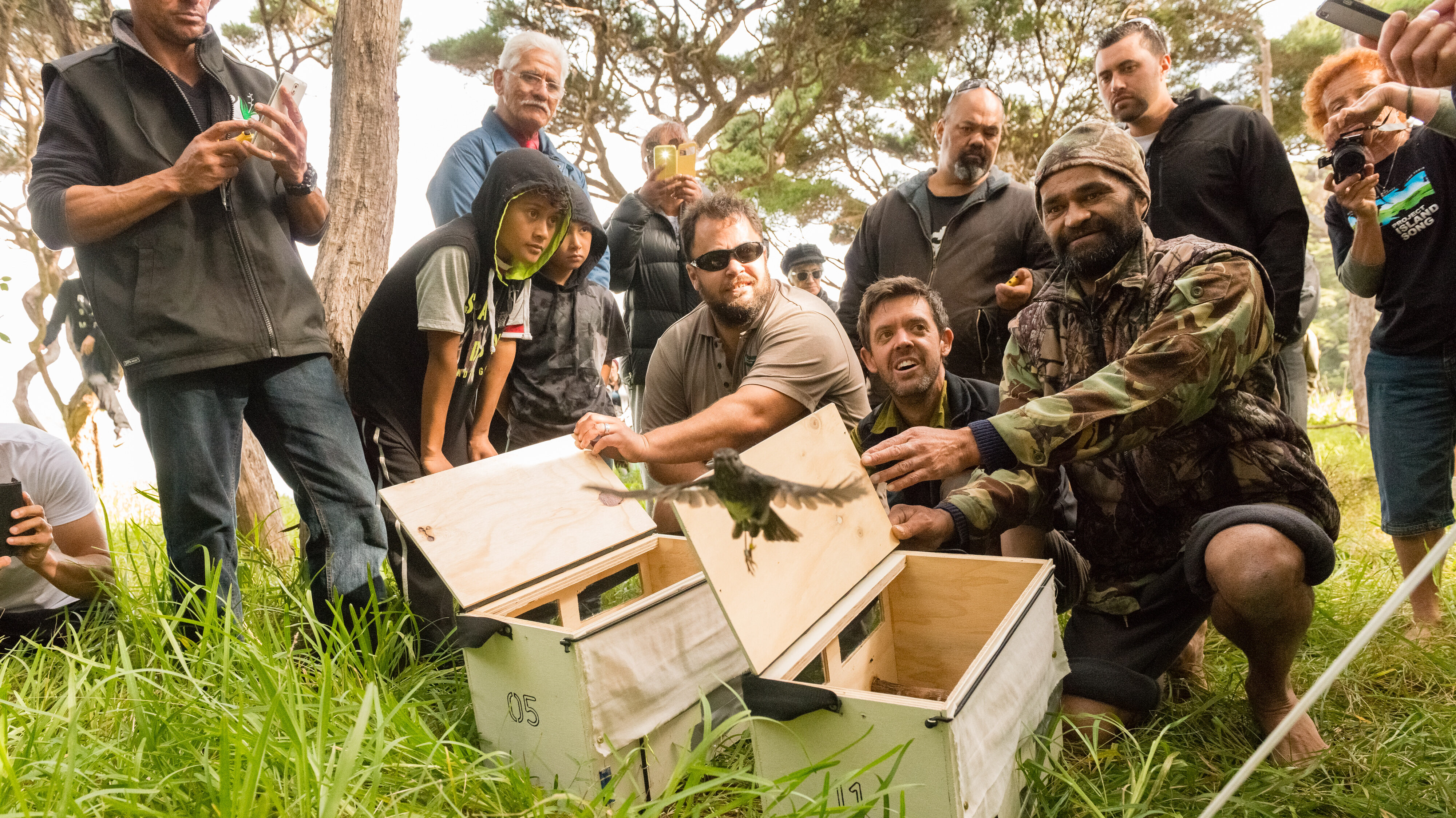
Authors Erana Walker, Priscilla Wehi, Nicola Nelson, Jacqueline Beggs and Hēmi Whaanga discuss what kaitiakitanga means, its significance to Māori and the contribution kaitiakitanga can make to improve urban environmental outcomes. Their article was recently published in the New Zealand Journal of Ecology.
“In New Zealand, Māori have maintained their relationship to the environment through a practical philosophy of environmental guardianship known as kaitiakitanga. Place and practice are inextricably linked in traditional Māori narratives; a connection constructed through Māori creation stories and the concept of whakapapa. In this article we present kaitiakitanga narratives and tease out the philosophical underpinnings of this concept.”
Kaitiakitanga is a way in which Māori manage the natural environment based on Māori worldviews.
“These traditional relationships to the environment, whakapapa and the practice of kaitiakitanga are challenged in urban settings, given the migration of people into urban areas and the characteristics of the urban environment.”
More than 50% of the world’s population now live in urban areas and that trend towards city living has happened in Aotearoa/New Zealand too.
“In 1936, 81% of Māori lived in predominantly rural tribal areas, which allowed Māori to connect with our own ancestral landscapes and stories. This connection to place also ensured the longevity of traditional cultural knowledge and practices amongst whānau (family) and hapū. However, in recent decades a large proportion of Māori migrated to cities with the result that more than 80% of Māori now reside in urban spaces in New Zealand. This urban group includes both mana whenua (local Māori tribal groups) and mātāwaka (Māori from other regions).”
The speed and scale of urbanisation of Māori communities has changed societal structures and connections with nature, presenting new challenges in maintaining connections with the natural world in a kaitiakitanga framework.
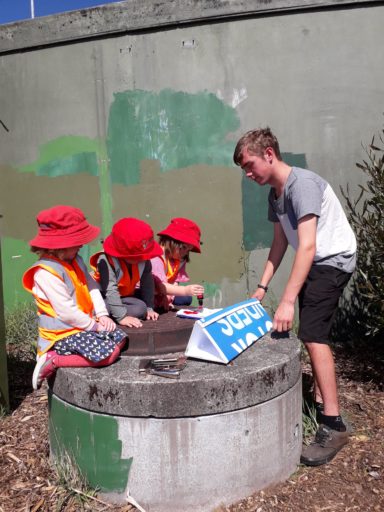
“Whilst urban spaces challenge our connection with nature, they encourage us to consider how we might develop new ways of connection to the urban space and the mana whenua groups who care for their traditional resources and places of importance. Human relationships with nature are critical to well-being, and urbanisation uniquely separates the connection between humans and nature. Lack of engagement with nature in urban spaces poses a risk to not only our sense of connection, but also to our physical and mental well-being.”
Urban restoration that includes kaitiakitanga can potentially improve the outcomes for urban ecology, as well as provide ways in which we might foster our sense of connection to, and the rich stories that exist in the environment, the authors believe. Disregarding indigenous knowledge is a missed opportunity for everyone.
“Misinterpreting and disregarding indigenous knowledge in how we might approach ecological research, management and policy in New Zealand has the potential to cause disruption to years old mātauranga (knowledge) and subsequently, impact the mana (authority) and wellbeing of Māori peoples. Understanding how indigenous values and practices, such as kaitiakitanga, can be included and incorporated into the urban matrix and in urban ecological restoration projects could enhance the longevity of indigenous knowledge, as well as offering a solid base for Māori to maintain identity. Recognition of the important contribution of mātauranga could transform opportunities to improve restoration outcomes of urban environments. Therefore, we consider the relationship of indigenous communities to the urban space as an important contribution to restoration of the urban environment.”
In their article, the authors explore key components of kaitiakitanga such as place, whakapapa, intergenerational knowledge, resource engagement and spirituality.
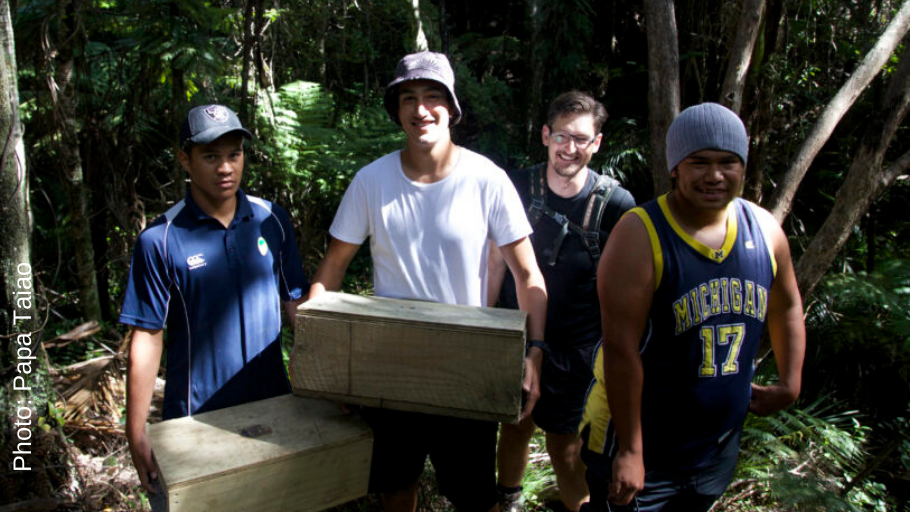
“We discuss why kaitiakitanga should be included as a key value within urban spaces and how kaitiakitanga principles encourage the well-being of people and taiao. The contribution of kaitiakitanga to the urban matrix must also explore the relationships of both mana whenua and mātāwaka. Including indigenous perspectives from both groups when considering urban ecology is a key gap in understanding the impacts of urbanisation on Māori.”
Nature plays a pivotal role in creating our sense of identity and reaffirming our standing place within this world. Ideally, urban spaces are managed to enhance the natural environment for both human well-being and native biodiversity.
“For Māori, the creation narratives of Ranginui and Papatūānuku cement this relationship to the natural world and provide a way to create meaningful connections for well-being. It is through this relationship that we may further establish relationships to other Māori gods such as Tāne (god of the forest) and Tangaroa (god of the sea) to draw our well-being and sense of connection to nature. Urbanisation has the potential to sever these connections, leading to dissonance between traditional indigenous worldviews and the current contemporary realities of indigenous peoples.”
Urban Māori may have fewer opportunities to connect with nature than many other New Zealanders because of socioeconomic barriers.
“Today, Māori disproportionately live in lower socioeconomic urban areas, which tend to have fewer opportunities to connect with nature. For example, in Auckland, there are fewer kererū in low socioeconomic areas, and fewer protected trees. Therefore, it is likely that urban Māori are disproportionately disadvantaged by a lack of opportunity to connect with nature.”
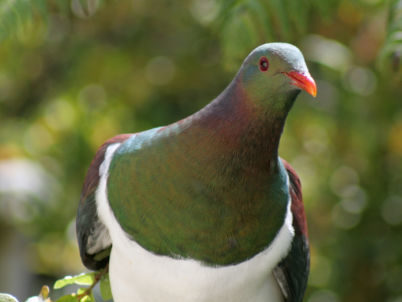
“Inclusion of indigenous values and narratives could provide urban Māori an opportunity to re-establish and maintain their connections with traditional narratives and practices with nature, contributing to an increased sense of well-being, particularly for those who live in lower social-economic areas. For example, Te Whangai Trust provides opportunities for its members to restore and care for the natural environment while gaining employment skills. Initiatives such as these show the potential that kaitiakitanga projects could have for both physical and cultural well-being and sustenance.”
Young people living in urban spaces face particular challenges as they are often limited in their attainment of traditional ecological knowledge.
“For Māori, loss of cultural context, connection to nature, and educational opportunity combine to make engagement in urban restoration challenging. Where these impediments are overcome, we argue that kaitiakitanga can make a significant, ground-breaking contribution to urban ecological restoration.”
What about provisions for kaitiakitanga in environmental legislation?
“Legislation such as the Resource Management Act (RMA; 1991) supports the philosophy of kaitiakitanga by enabling environmental management, mitigation and protection of our natural environment. However, the RMA uses a definition of guardianship, or environmental stewardship pertaining to kaitiakitanga that only weakly aligns with the philosophy and current practices in Māori communities. The inclusion of kaitiakitanga as a concept in the RMA has exacerbated shortfalls in its understanding, as current legal definitions of kaitiakitanga de-emphasise the spirituality, place-based narratives, kinship and intergenerational knowledge that contribute to cultural understandings of kaitiakitanga.”
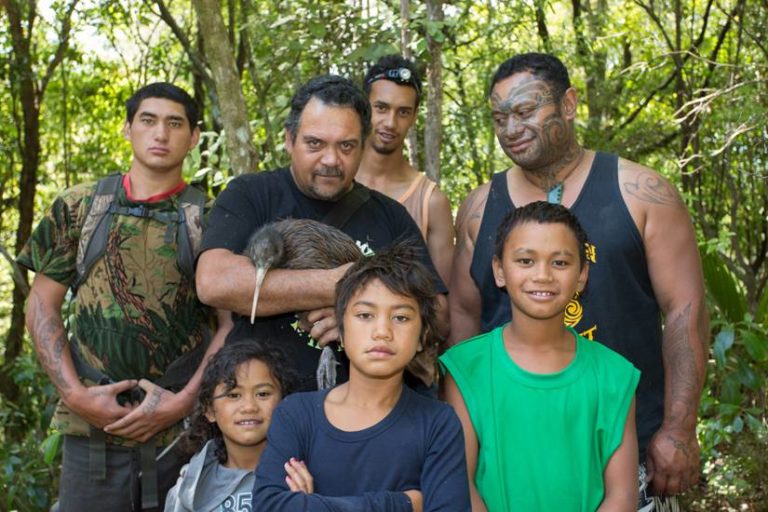
“While this has given Māori the legal basis to lobby for political, social and cultural recognition in relation to the environment, and encouraged the need for better partnership in decision making, the restrictive nature of current definitions of kaitiakitanga does not capture the full breadth of meaning within a Māori cultural framework. Therefore, more narratives of kaitiakitanga are needed to show how various Māori communities are practicing kaitiakitanga today.”
The key threads of kaitiakitanga are the importance of place, whakapapa relationships, stories, histories and intergenerational knowledge that help to enhance all aspects of a person’s well-being and that of the environment.
“Whakapapa is the first thread that initiates our role as kaitiaki to our environment. Kaitiakitanga actions are rooted within the creation narrative of Papatūānuku and Ranginui that establish kin relationships between Māori and the physical environment.’
“Drawing from the whakapapa narratives, ‘place’ becomes the second thread of kaitiakitanga that embodies the narratives of old and new for future generation use. Place-based narratives and engagement help to centre whānau and hapū in their tribal regions.”
It is through narratives that Māori see place as being a connecting point with their ancestors and kin of the natural world, the authors explain.
“Understanding the relevance of place enables better considerations for environmental protection of an area.”
Mātauranga is intergenerational knowledge.
“Mātauranga is embedded and preserved in many forms of cultural practice, oral traditions and art, including waiata, whakataukī (proverbs) and naming. This knowledge encompasses the lived experiences of the past and aids in the creation of solutions for future issues. Intergenerational knowledge can be transformative when generations have an opportunity to add to the knowledge base through their lived experiences. The transmission of mātauranga can be done in myriad ways, even by creating digital reference tools about a place, its resources and its peoples.”
The concept of spirituality and the values that underpin it are key components of kaitiakitanga often disregarded in environmental forums, say the authors.
“This attitude towards spirituality has had an impact on the validity of Māori knowledge systems and the application of Māori cultural practices. Spirituality provides the opportunity to connect with intrinsic aspects of kaitiakitanga such as mauri. The health of the resource is often used as an indicator for the health of the people; whereas, in Māori philosophical frameworks, both Māori and the environment share a connection through mauri and other forms of energy.”
One of the key features of kaitiakitanga is the opportunity to engage with the environment through cultural practices.
“Cultural practice allows a reciprocal relationship to establish between the person and the environment. Kaitiakitanga acts as a cultural bridge between Māori and our kin in the environment. In addition, harvesting and other practices that maintain reciprocity between people and the land are critical to maintain Māori knowledge systems, as learning is based on these relationships and practices.”
“The inclusion of kaitiakitanga into the urban agenda would provide opportunities to learn historic and modern stories and provide mechanisms to connect with these stories and its people. Restoration initiatives can serve kaitiakitanga projects through physical and educational initiatives. This would require collaboration with mana whenua to develop an inventory of important resources and narratives to a specific area.”
As well as mana whenua (local Māori tribal groups), encouraging participation of mātāwaka (Māori from other regions) is also important.
“Adding the participation of mātāwaka will support their connections to space and the shared kaitiakitanga aspirations of both mana whenua and mātāwaka groups. Pan-tribal groups that work alongside mana whenua could be established in order to facilitate an entry point for those who want to give their time and knowledge to the various environmental kaupapa (topic, matter for discussion, purpose) in the place that they now call home.”
The full article is published in the New Zealand Journal of Ecology and is freely available online.
Kaitiakitanga, place and the urban restoration agenda (2019)

